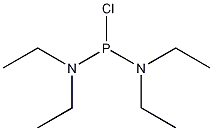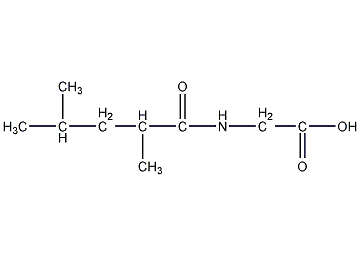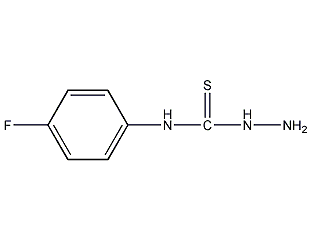Structural formula
| Business number |
0492 |
| Molecular formula |
C19H18N6O6 |
| Molecular weight |
426.38 |
| label |
Compounds of 4,4-dinitrobenzene urea and 2-hydroxy-4,6-dimethylpyrimidine,
Dipyrimidinol,
Nicarbazine,
coccidioidin,
nicarizine,
Complex of 4,4′-dinitrocarboanilide (DNC) and α-hydroxy-4,6-dimethylpyrimidine (HDP),
Nicarbazine,
dinitrourea pyrimidinol,
1,3-bis(4-nitrophenyl)urea-4,6-dimethylpyrimidin-2-ol (1:1),
insect repellent health supplement,
Feed additives
|
Numbering system
CAS number:330-95-0
MDL number:mfcd00867204
EINECS number:206-359-1
RTECS number:FE0900000
BRN number:None
PubChem ID:None
Physical property data
1. Properties: yellow or yellow-green powder, odorless and slightly odorless.
2. Density (g/mL, 25/4℃): Not available
3. Relative vapor density (g/mL, Air=1): Not available
4. Melting point (decomposition, ºC): 260-265
5. Boiling point (ºC, normal Pressure): Not available
6. Boiling point (ºC, 5.2kPa): Not available
7. Refractive index: Not available
p>
8. Flash point (ºC): Not available
9. Specific rotation (º): Not available
10. Autoignition point or ignition temperature (ºC): Not available
11. Vapor pressure (kPa, 25ºC): Not available
12. Saturated vapor pressure (kPa, 60ºC): Not available
13. Heat of combustion (KJ/mol): Not available
14. Critical temperature (ºC): Not available
15. Critical pressure (KPa): Not available
16. Logarithmic value of oil-water (octanol/water) partition coefficient: Not available
17. Explosive upper limit (%, V/V): Not available
18. Lower explosion limit (%, V/V): Not available
19. Solubility: Almost insoluble in water, ethanol, chloroform and ether, slightly soluble in dimethyl Formamide.
Toxicological data
The raw material is toxic to nitroaniline and is easily absorbed through the skin. The maximum allowable concentration in the air is 0.0001%.
Nicarbazine can increase the mortality of chicks when the temperature is as high as 40°C. It is usually prohibited to be used in laying hens.
Ecological data
1. Other harmful effects: This substance may be harmful to the environment, so special attention should be paid to water bodies.
Molecular structure data
None yet
Compute chemical data
1. Reference values for calculation of hydrophobic parameters(XlogP): None
2. Number of hydrogen bond donors: 3
3. Number of hydrogen bond acceptors: 6
4. Number of rotatable chemical bonds :2
5. Number of tautomers: 10
6. Topological molecule polar surface area 174
7. Number of heavy atoms: 31
p>
8. Surface charge: 0
9. Complexity: 582
10. Number of isotope atoms: 0
11. Determine the atomic position Number of stereocenters: 0
12. Uncertain number of stereocenters of atoms: 0
13. Determined number of stereocenters of chemical bonds: 0
14. No Determine the number of stereocenters of chemical bonds: 0
15. The number of covalent bond units: 2
Properties and stability
None yet
Storage method
None yet
Synthesis method
1. It is formed by the condensation of p-nitroanilide and urea.
2.It is prepared by the cyclization of 4,4′-p-nitro diphenyl urea, acetylacetone and urea. Or it can be prepared from 4,4′-p-nitro diphenyl urea and 2-hydroxy-4,6-dimethylpyrimidine.
Purpose
1. It has a good preventive and therapeutic effect on Eimeria tenella in the cecum, Eimeria tenella in the small intestine, Eimeria giantis and Eimeria Bordoni. For broiler or pullet use only, not for laying hens.
2.It has the advantages of high efficiency, low toxicity, stable performance and low drug resistance. It has a good preventive effect on chicken cecal coccidia, Ehrlichia acervicis, Ehrlichia gigantea, and poisonous Ehrlichia. It is effective against the second generation schizonts of coccidia and is highly safe. Used to prevent chicken and turkey ballworm diseases.









